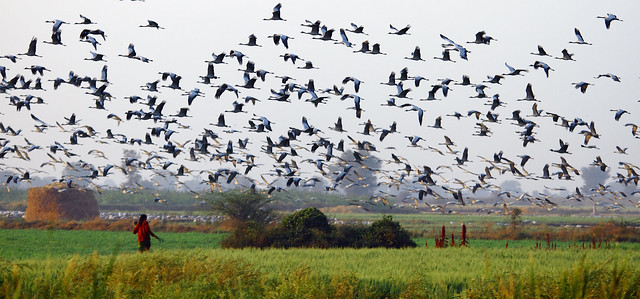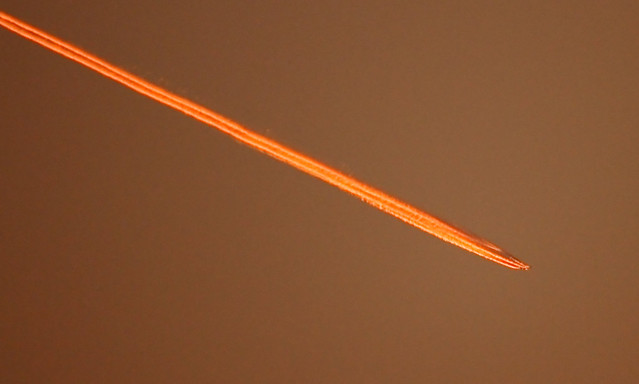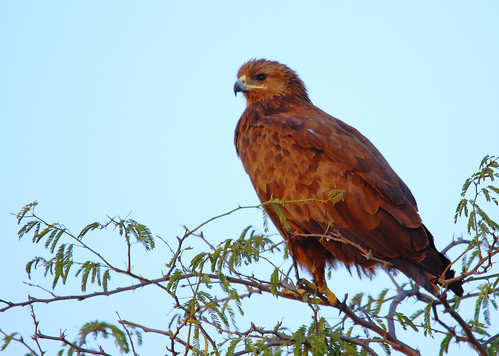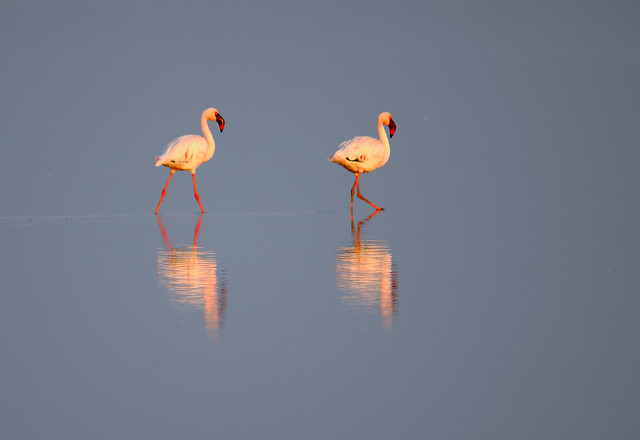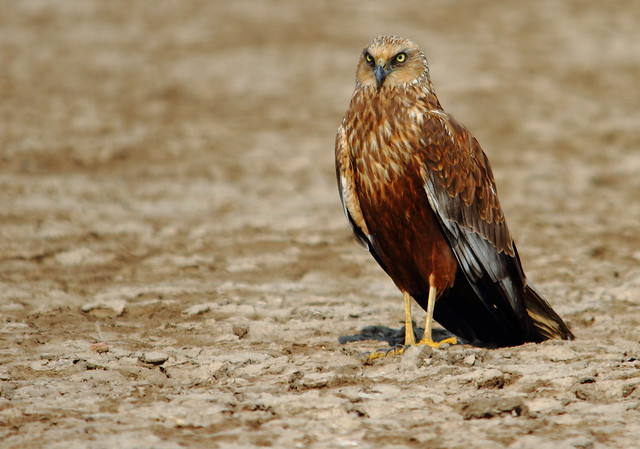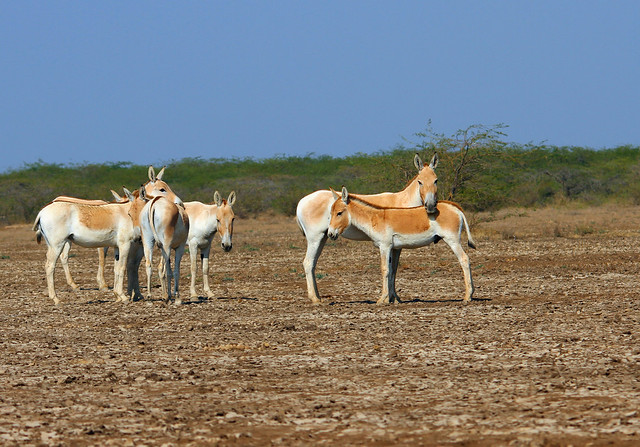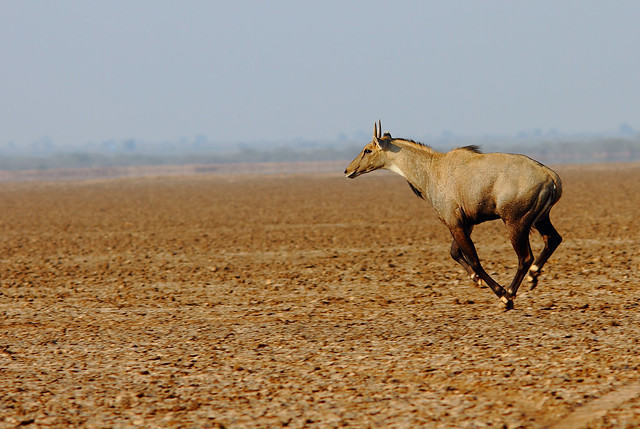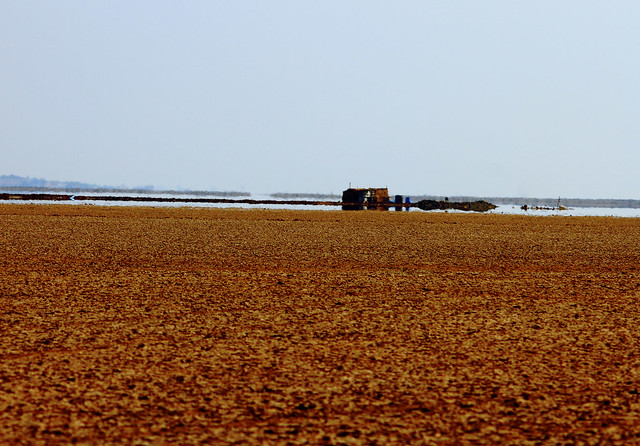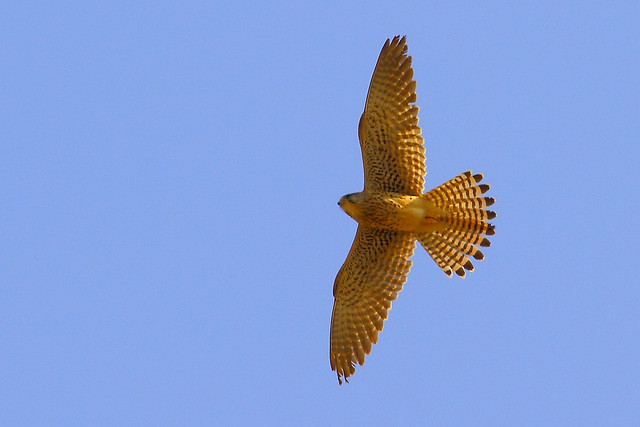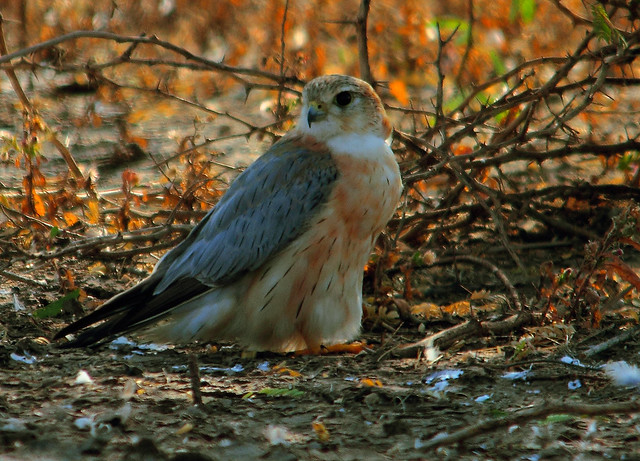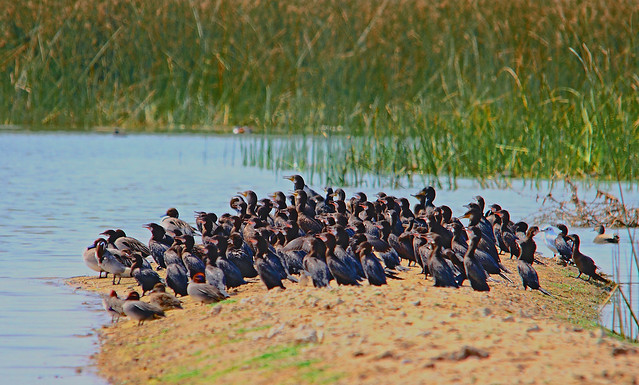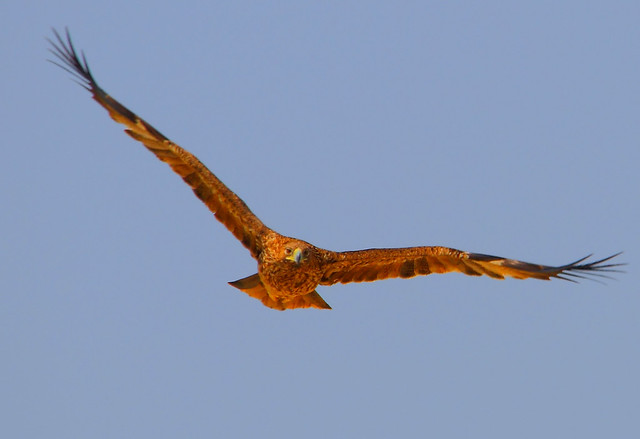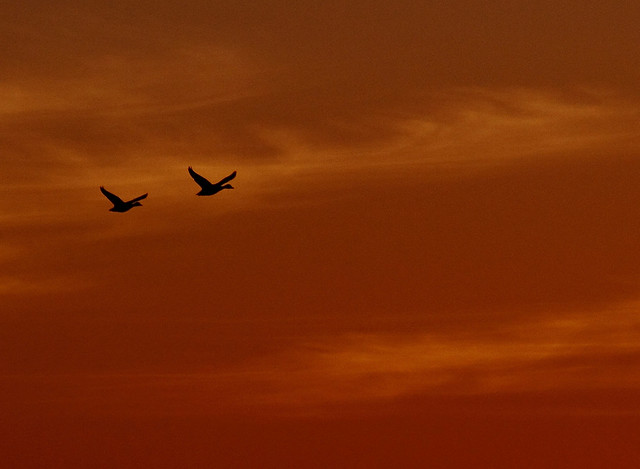I want to feel sunlight on my face
I see the dust cloud disappear Without a trace
I want to take shelter from the poison rain
Where the streets have no name
I see the dust cloud disappear Without a trace
I want to take shelter from the poison rain
Where the streets have no name
Bono of U2 crooned in this 1987 Grammy award winner. To an urbanite the entire idea seems so strange – the notion of having streets with no name, in turn making most of us lose their apparent identity in a society which ascribes high credence to the streets or the localities where we choose to live or have our work-place. A utopian situation of global equality impossible to be found in civic society – in fact not even acceptable as to our orderly mind, this would be an anti-thesis - chaotic and anarchic. No wonder the same album of U2 had Bono singing – I still haven’t found what I am looking for.
This February I experienced something even stranger – a place where let alone the streets without names, streets just do not exist – not at least for the urbanites like us, nor exists the dwellings of any kind, and this is what this travelogue is all about.
We had spent last 2 days roaming in the watery world of Nalsarovar & Thol. With water in plenty, crops abundant, the eyes & the soul had feasted on the greenery and the birds – resident as well as migratory of all sizes, hues & colours. The image of large flocks of geese clouding the early morning sky swooping down on to the greener pastures was still afresh in the mind.
All that had changed now – just about 100 KMs away from the bustling city of Ahmedabad, as our adventurous spirit had brought us previous afternoon to Patdi, a small town in Surendranagar district of Gujarat. The plethora of small waterbodies and green fields seen during the road journey had slowly decreased in numbers, though not really disappeared. It was yet early hours of the day in late winters, the breeze was cool, Sun had just started waking up the nature as its morning beams reflected on the streak of a jet in the sky. Our day also had begun early as we went exploring the Little Rann of Kutch (Rann), as a part of our annual pilgrimage to celebrate and commune with the nature.
The Rann is a vast area of almost 5000 Sq Km, believed to have been a navigable lake in the times of Alexander. The growing civilization of 2300 years, however, had changed its features - now comprising largely of arid grassland, saline desert & mudflats, thorny scrubs, marshes & seasonal shallow pools of water. It still is one of the most remarkable and unique link in nature’s ecology - one of its kind in the entire world. It is a vast desiccated, unbroken bare surface of dark silt, encrusted with salts which transforms into a spectacular wetland for a brief while after the monsoon.
What makes the desert beautiful is that somewhere it hides a well – so says Antoine De Saint-Exupery, in his classic allegory “The Little Prince”. Here, we were the adventurers in this desert looking for our well of treasure. For us, that morning the treasure that lied hidden in the Little Rann were some of the species of the birds and the mammals, unseen yet by us, one of them being Asian Wild Ass (the Khur), for whom, despite dwindling numbers, the Rann is their last refuge in the world. Our wish list however was not restricted to the Khurs but also included the Sand Grouse, Merlin, Owls, Harriers, Larks and Houbara Bustard, among others. The evening before we had already spelt out the wishlist to Pratap, the local guide, who nonchalantly had promised to show us most of these, while leaving remaining ones to the luck. His confidence seemed inspiring and despite not so good food at the resort we were staying at, the large number of stars above us in the sky and the tranquility around, made us look forward to the morning.
A few moments in the desert, and I was not sure any more about the sightings. The entrance into the sanctuary itself seemed to be an anticlimax – no gates, no road, just a signboard and a dirt-road track leading us away from the semblance of civilization into the vast span of mudflats dotted sparsely with the oasis of greens, and a few pools of waters. These pools of waters were the remains of one or two months of monsoon rain, during which a large area get inundated with water and attract enough of the migratory birds on their annual sojourn to escape the colder climates.
The disturbing fact, however, was the absence of any distinctive features in the landscape. Jidhar dekhoon, teri tasveer nazar aati hai..sung AB in Mahan to his object of affection. The uninteresting landscape all around us was making me think of these lines, though was not sure if our object of affection at the moment – the flat, arid, and monotonous, would have cared a bit. For us city-folks, used to travel in the concrete jungle through the myriads of street networks, leading to a variety of architectural efforts, this was disconcerting and a bit scary. It also made me wonder about the confidence that Pratap had shown the night before.
It seemed too late to worry, and since there was no turning back, it was time to look forward and enjoy the experience. I soon found out, that my lack of confidence was misplaced as sure enough, Pratap ably guided our driver in the vast monotonous expanse:
- sometimes to the fringe of a waterbody, with vegetation nearby to point out a solitary Greater Spotted Eagle, getting ready for the day ahead, its eyes reflected the rising Sun –
- egging us sometimes to lurk behind the shrubs and reach closer to the Lesser Flamingoes, busy looking for their morning grub in the shallow pools of waters, with mirror like reflections
- peering constantly like an oracle into distance & then guiding us to reveal a male Marsh Harrier almost blending with the landscape.
With the breakfast time approaching, this was soon turning out to be much more than just a birding trip. First the Khurs made their appearance. However, the mistrust of the generations with the human beings ensured that they stayed at a distance, protecting the younger ones and conferring about the way to tackle the growing menace of the intruders in their area.
The Neelgais were quicker in their thoughts and actions and resorted to galloping away to the safety.
Perhaps finding us affronted with the callous behaviour of the other mammals, the Rann decided to unfold its beauty. The month of our visit being February, the aftereffects of the monsoon had more or less disappeared, turning the land into the parched caked mudflats. These mudflats seemed to be running into the omnipresent pools of water in the distant horizon. The water, which seemed to be evaporating faster than the laws of physics could make it possible, as we reached closer, till I realized that I was experiencing the beguiling magic of a mirage firsthand. Like travelling to the mountains and coming face to face with those titans, I was finding ourselves very insignificant with endless mudflats all around and the nature guffawing as it played pranks on us.
Soon the Sun had risen higher in the sky. The hoardes of Neelgais, Khurs & Common Cranes had reduced their early morning activity, conserving their energy, and disinterestedly, but cautiously, maintaining their distance from us. The sudden breakdown of our vehicle due to a punctured tyre just seemed to make us conspicuously interesting for a moment as a Khur started walking towards us, before changing its mind and direction. Of course, amidst all these, the kestrels with their fluttering flights overhead, the crouching sandgrouse, the grey francolins, the larks, the white cheeked-bulbuls, the wagtails and the desert wheatears were constantly making their presence felt.
The rising heat and aridity, despite the cooler breeze, was making us thirsty. This was also making the birds seeking shelters under variety of shrubs, making birding look easier. All that our guide had to do now was to visit these shrubs and hey presto – there were those elusive birds for we city folks. Sounds easier in a city but we were in a land with no streets, similar looking landscape with the mirages confusing one further & the only GPS we had was embedded in the memory of our guide. Yet, it goes to the credit of our guide who unerringly made us sight birds like Merlin & Short Eared Owl.
With the noon hour approaching, we left the Rann, and after nourishing the body, spent some time in visiting a waterbody near Patdi. The Sun was scorching the earth yet the flocks of pintails, shovellers, geese, common teals, cormorants, grey & purple herons and a variety of waders were holding otheir court looking like choir singers engaged in the practice before the beginning of the show.
Amidst this the occasional sorties by the raptors including a marsh harrier and a juvenile imperial eagle failed to make any impact on the siesta time of the water birds, refusing to budge from their chosen position in the court of nature.
With afternoon Sun reducing the heat, we returned to the Rann seeking the elusive Houbara Bustard in the wilderness. But the capricious Rann was sulking, refusing to reveal any more f its treasure – at least for this trip. As a result even though it was at an arms' length from us, the Houbara preferred to give us only a fleeting glimpse, before shying away in the shrubs.
As the evening hour approached, the setting Sun was giving long-shadowed kind of hints for us to go back . The expressions of the larks foraging on the ground also indicated that they have had enough of us. With even the ducks deciding to fly away in the sky ablaze with the colours of the setting sun, we also bid our goodbye, gazing at the parting Rann with a fervent hope that it would generously welcome us again and unravel some more of its marvels when we meet next.
